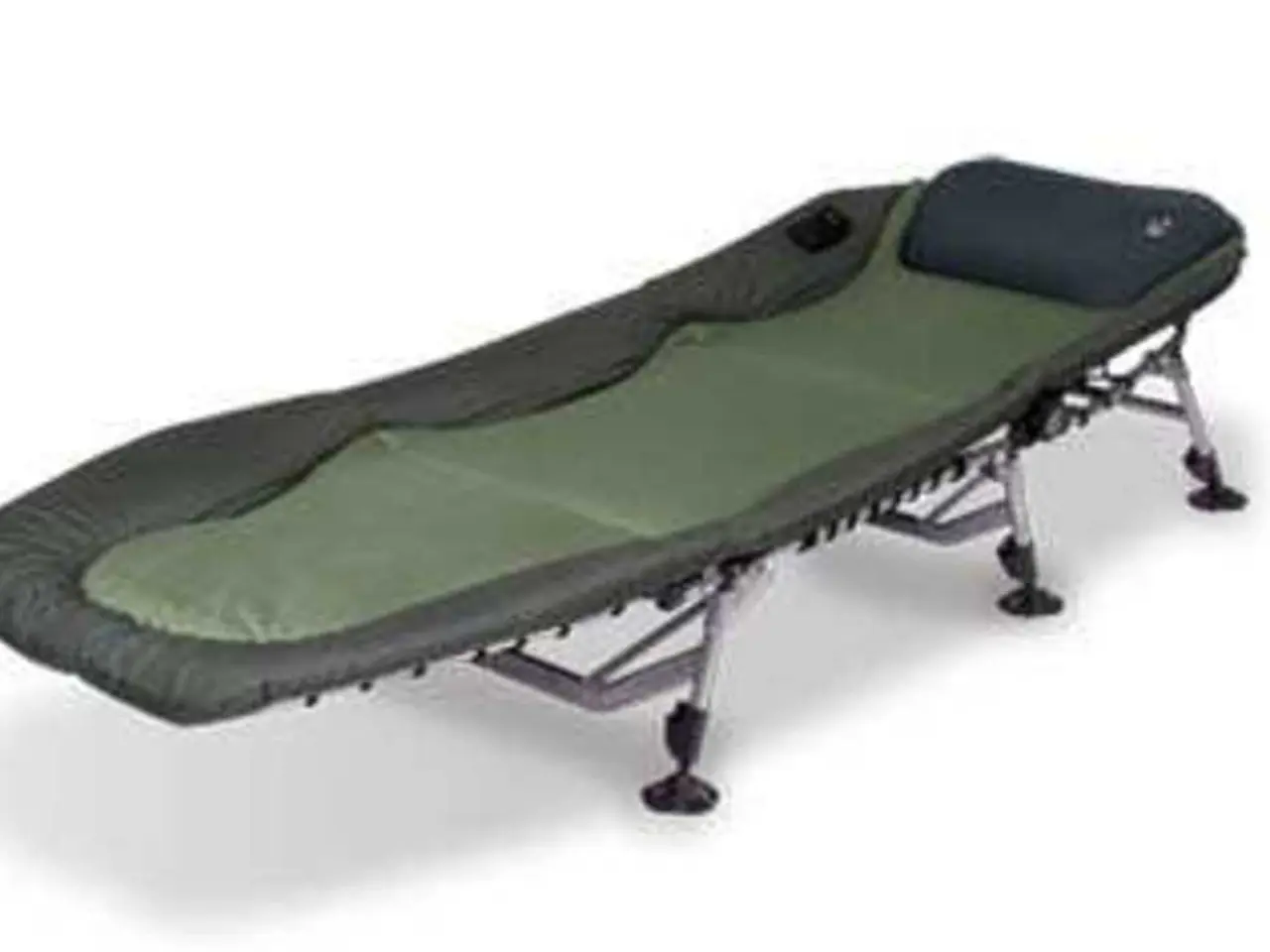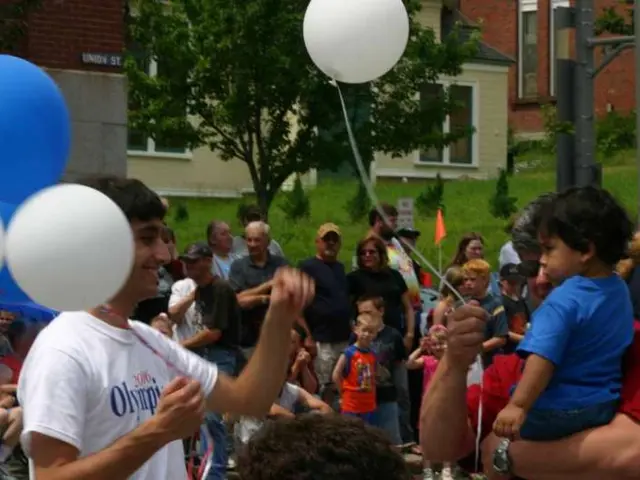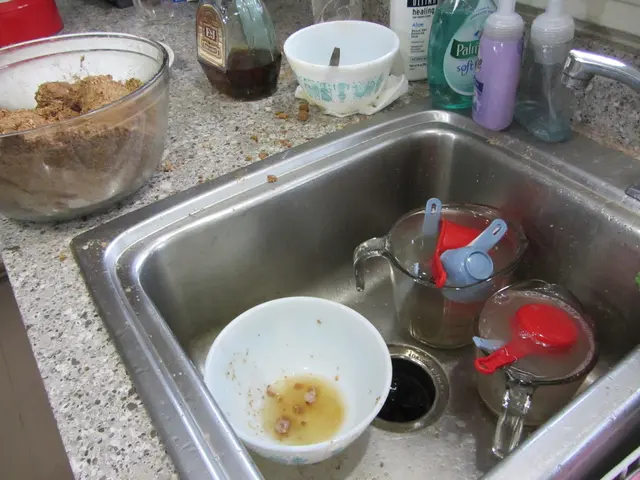Calf Muscle Injury: Recognizing Symptoms, Seeking Treatment, Aiding Recovery, and Exercises for Healing
A strained calf muscle can be a common and painful injury, particularly for those who participate in sports or physical activities. Here's a guide to help you recover from a strained calf muscle through a series of recommended exercises and approaches.
A pulled or strained calf muscle affects the muscles and tendons in the back of the lower leg. Symptoms can vary depending on the severity of the injury, but typically include pain, swelling, redness, difficulty moving the leg, decreased mobility, weakness in the calf muscle, and pain, particularly when trying to move the muscle.
Effective physical therapy exercises for a strained calf muscle recovery focus on gradual stretching, strengthening, and improving flexibility while avoiding further injury. Here are recommended exercises and approaches based on current physical therapy practices:
1. **Initial Phase: Rest and Gentle Movement** - Begin with rest, ice, compression, and elevation (RICE) to reduce pain and inflammation immediately after the strain. - Avoid stretching or contracting the calf muscle too early, as this can delay healing.
2. **Gentle Range of Motion and Isometric Exercises** - When pain decreases, start gentle range of motion exercises and light isometric contractions with the knee at varying flexion angles depending on the specific calf muscle involved.
3. **Calf Stretches** - Once the muscle begins healing, incorporate calf stretches to improve flexibility and reduce tightness. Examples include the wall calf stretch, soleus stretch, and lunge stretch.
4. **Heel Raises (Calf Raises)** - Heel raises progressively load the calf muscle, which is crucial for rebuilding strength after a strain. Start with double-leg heel raises, then progress to single-leg heel raises when tolerated without pain.
5. **Active Recovery and Strengthening** - Engage in low-intensity activities like walking or cycling to maintain circulation and promote recovery without overloading the muscle. Physical therapists may also incorporate core strengthening exercises to enhance overall stability and reduce strain on the calf and Achilles tendon.
Practical tips include using compression sleeves for better healing and to reduce swelling, using heel lifts to temporarily reduce stretch on the calf, and avoiding overstretching or sudden intense contraction early in rehab to prevent setbacks. A physical therapist can help with gait training to correct walking/running form and prevent re-injury.
Without treatment, a pulled calf muscle may recur or worsen over time, and a person should seek medical attention shortly after sustaining an injury and begin resting the muscle immediately to avoid potential complications such as formation of scar tissue, chronic pain or dysfunction in the muscle, compartment syndrome, reinjury, and deep vein thrombosis (DVT).
Activities such as prolonged walking, running, or playing team sports can further damage a pulled calf muscle. In some cases, a doctor may use a minimally invasive procedure called aspiration to treat a hematoma.
According to FitToPlay, the average number of days a person has to sit out from a sport following a strain is about 13 days, with full recovery within 28 days. However, people with more severe injuries can take several months to fully recover.
In summary, a phased approach starting with rest and gentle movement, progressing to stretching and strengthening exercises such as calf stretches and heel raises, is effective for strained calf muscle recovery. Professional guidance ensures exercises match the injury stage for optimal healing and function restoration.
- A strained calf muscle may lead to hepatitis, as prolonged rest and inactivity can impact health-and-wellness, potentially contributing to issues like liver health.
- It's essential to follow the recommended exercises and approaches for a strained calf muscle, such as gentle range of motion exercises and light isometric contractions, as they are based on predictive science and current physical therapy practices.
- Some alternative therapies and treatments, like mental-health counseling, meditation, or mindfulness practices, could be beneficial to managing the stress and anxiety that may arise during the recovery process of a strained calf muscle.
- Even though football and other sports require quick bursts of acceleration, incorporating fitness-and-exercise routines that focus on flexibility and balance can help prevent strained calf muscles during intense physical activities.
- After a strained calf muscle injury and following a recovery period, resuming sports should be done gradually, using precautions such as warming up beforehand, wearing compression sleeves to reduce swelling, and avoiding sudden intense contraction to prevent reinjury.
- Engaging in regular exercises, such as calf stretches and heel raises, can help prevent atopic dermatitis or psoriasis on the lower legs, as improved circulation and reduced inflammation can contribute to overall skin health and wellness.





